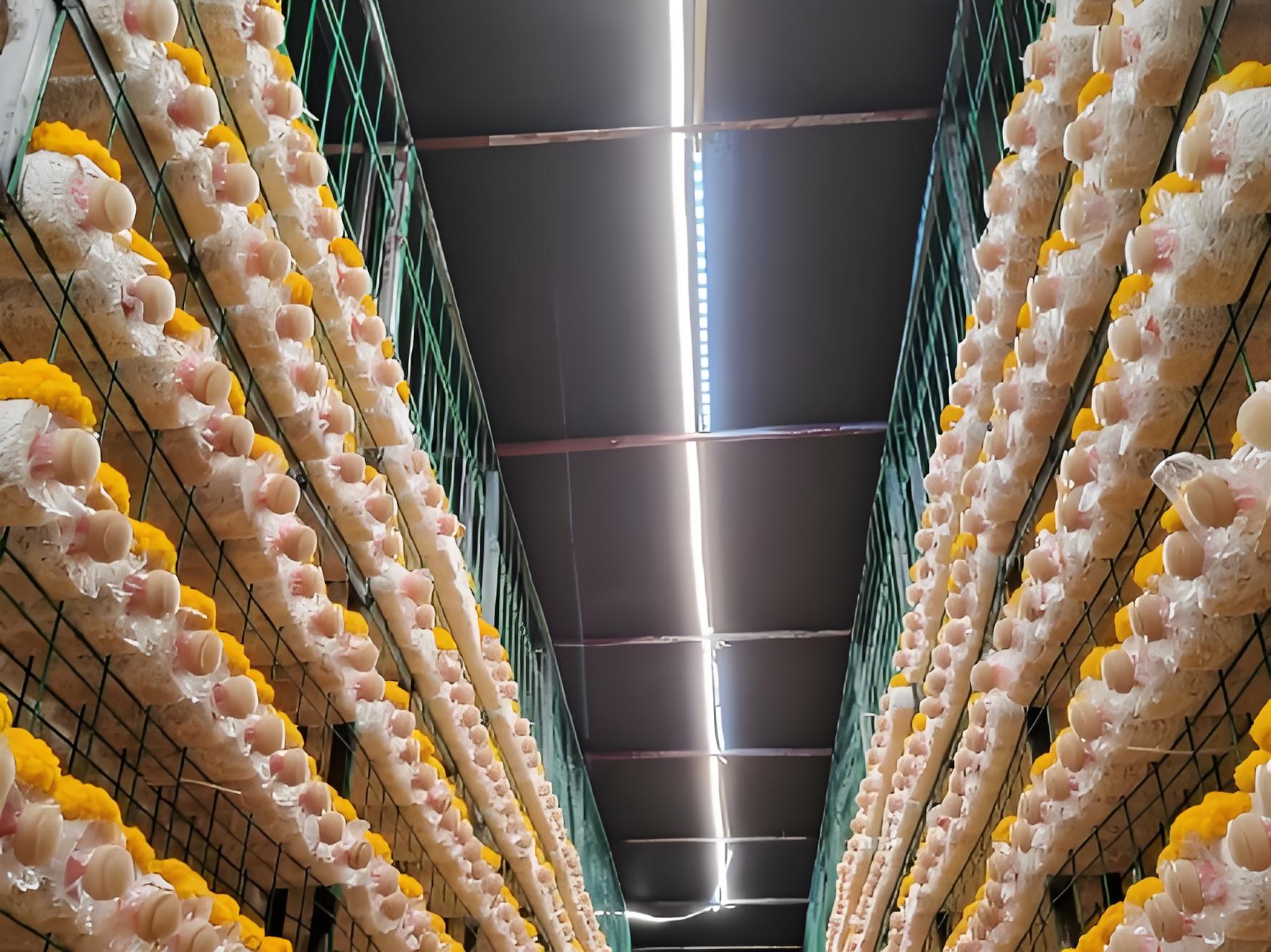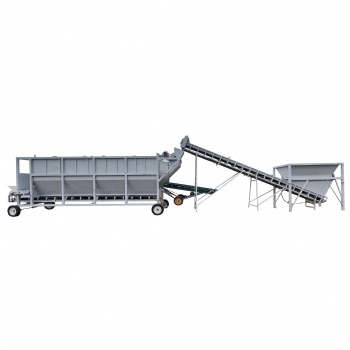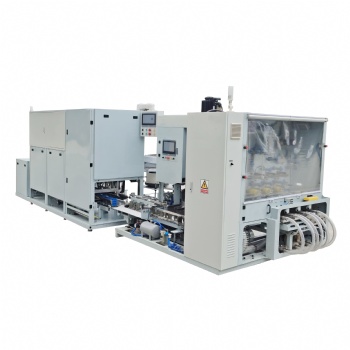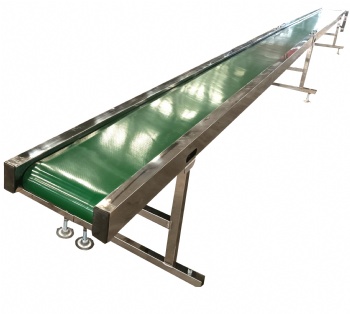News
Advantages of the new fixed-bed mushroom house over traditional small-sized mushroom houses

1. High yield per unit area
For example, a large mushroom house measuring 25 meters long, 7 meters wide, and
7.5 meters high has a 5-meter aisle and two mushroom houses on each side, totaling
7 x 55 = 385 square meters. With 10 layers, each mushroom house can hold 49,920 bags,
for a total of 99,840 bags across two mushroom houses, averaging approximately 260
bags per square meter.
A small mushroom house measuring 15 meters long, 7 meters wide, and 5 meters high
has a 5-meter aisle and two mushroom houses on each side, totaling 7 x 35 = 245 square
meters. With 6 layers, each mushroom house can hold 18,432 bags, for a total of 36,864 bags
across two mushroom houses, averaging approximately 150 bags per square meter.
A large mushroom house can hold approximately 1.7 times the number of mushroom bags per
unit area of a small mushroom house. For large-scale production facilities, this can significantly
reduce the floor space required for mushroom houses.
2. Reduce fixed asset investment and equipment operating costs
Taking a velvet antler mushroom factory with a daily production capacity of 99,840 bags as an example,
a large fruiting room only requires two fruiting rooms per day. Based on a 30-day cycle, a total of 60
fruiting rooms are required, covering a total area of 11,550 square meters. Small fruiting rooms require
approximately 5.4 fruiting rooms per day, totaling 162 fruiting rooms, covering a total area of 19,845
square meters.
For the same production capacity, a small fruiting room occupies 1.7 times the floor space of a large fruiting
room and has 2.7 times the number of fruiting rooms. The fruiting room equipment, such as air coolers,
mobile humidifiers and blowers, and integrated environmental control systems, is 2.7 times that of a large
warehouse. Investment in related equipment, such as refrigeration piping, water distribution equipment,
cables, and water supply and drainage, also increases significantly. Furthermore, the increased equipment
volume increases maintenance costs during operation.
3. Improved Production Efficiency
A large fruiting room only requires one automatic shelving machine and two people to load the shelves,
while a small room requires two automatic shelving machines and four people. Frequent warehouse changes,
line changes, and loading and unloading operations in a small room waste significant time. Frequent warehouse
changes often cause the production line to stop, causing upstream production processes like culture and unloading,
bag opening, and spawn removal to wait, reducing production efficiency. This also reduces the efficiency of downstream
packaging processes.
Categories
Contact Us
- +86 15093267083
- +86 15093267083
- amy@zzbelead.com
- +8615093267083




